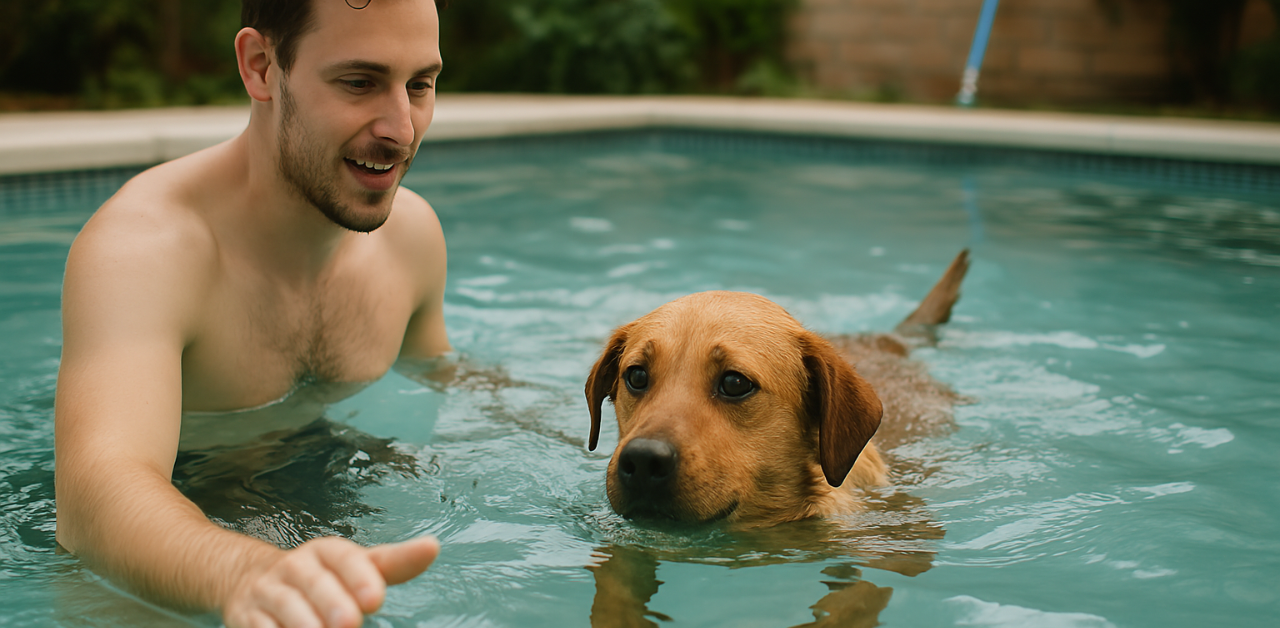Why Should You Adopt Or Rescue A Pet?

Adding a four-legged member to your family is a wonderful way to bring home some fun and excitement, introduce responsibility to kids and really make a house feel like a home. If you're thinking about adding a new furry family member, that's great! But where do you start? There are plenty of options when it comes to picking out a new pet, but there are several reasons why you should consider adopting a pet from a local shelter or rescue organization.
VARIETY
Did you know that in the U.S. alone, approximately 6 million to 8 million pets enter shelters each year? If you think you won't find the type of pet you're looking for in a shelter, think again! About 25 percent of pets in shelters are purebred. And why not consider a mixed breed? Generally speaking, a mixed-breed puppy often has a much lower chance of being born with inherited congenital diseases, making them overall healthier pets with fewer medical issues. Plus, mutts are pretty doggone cute.
LESS EXPENSIVE
Typically, adopting a pet from a local shelter or rescue organization is less expensive. Adoption fees go toward the overall healthcare and living expenses, like vaccinations and food, involved with caring for your pet before he or she is adopted. They usually also cover spaying or neutering. As an added bonus, they sometimes cover microchipping.
VACCINATED & NEUTERED
Vet bills can be pricey, especially for a new puppy or kitten. When you adopt from a shelter, most pets have already received vaccinations such as distemper, parvo, kennel cough, as well as rabies, when they first arrive. Many organizations will also spay or neuter them before they are adopted. Additionally, adoptable pets are screened for certain temperaments and behaviors to understand their individual personalities. This ensures pets are placed in the right type of household and are a good fit for the lifestyle of their new pet parents.
SAVE A LIFE
Unfortunately, approximately 2.7 million pets that enter shelters, even if they are adoptable, will be euthanized. Adopting a pet not only brings joy and love to your family, it can save a life. And that, really, is the beginning of a beautiful friendship.
Want to know more? Please visit your local animal shelter or rescue organization to meet adoptable pets in your area.
Sources:
- Pets by the Numbers – The Humane Society of the United States, 30 Jan. 2014. Web. 10 April 2015
- Pets by the Numbers – The Humane Society of the United States, 30 Jan. 2014. Web. 10 April 2015
- Mixed or Purebred Puppy: Which is Better petMD. Web. 12 April 2015
- Dog Adoption Fees Explained. Pet360. Web. 11 April 2015
- Dog Adoption Fees Explained. Pet360. Web. 11 April 2015
- Top Five Reasons to Adopt. The Humane Society of the United States, 11 July 2014. Web. 12 April 2015
- Pets by the Numbers – The Humane Society of the United States, 30 Jan. 2014. Web. 10 April 2015
Previous article

Next article

Related posts
View all-

How to Reduce Shedding in Dogs
Dog shedding is a natural process, but it can be frustrating—especially when dog hair ends up on every piece of furniture you own. While you can't stop shedding completely, you can reduce it.
Read Article -

Do Dogs Get Lonely if There Is Only One Dog
Most dogs can feel lonely if there is only one dog in the house. They are pack animals descended from wolves. This means they have instincts that push them to connect with friends or family. When they live as the only dog, they may experience loneliness if they do not receive enough attention.
Read Article -

Teaching a Dog To Swim in Your Pool
Swimming is great fun for dogs, and your swimming pool can be a fantastic place to cool off and play. But not all dogs are natural swimmers. Teaching your dog to swim safely involves patience, gentle encouragement, and a positive experience. Here's how to help your dog learn to enjoy swimming at their own pace, keeping their safety and comfort in mind.
Read Article



